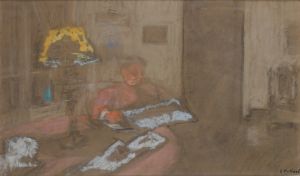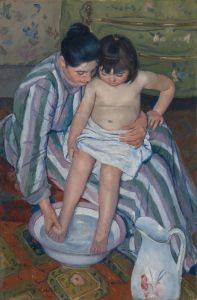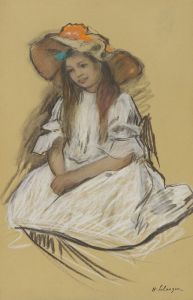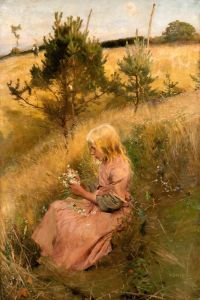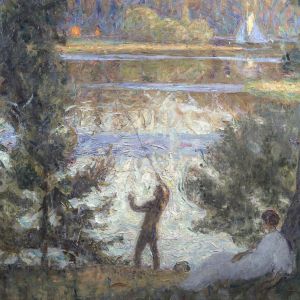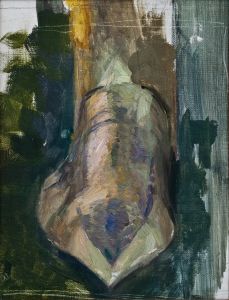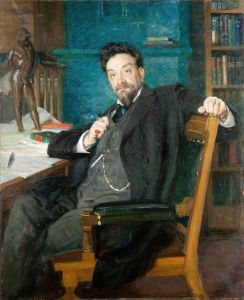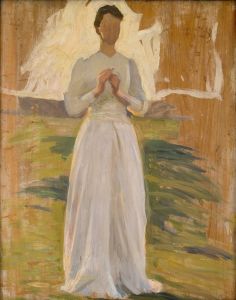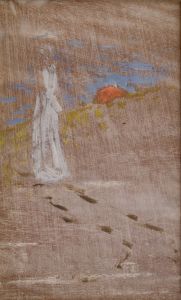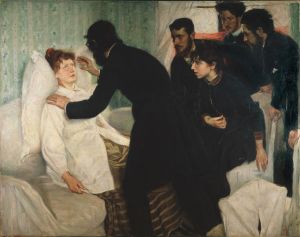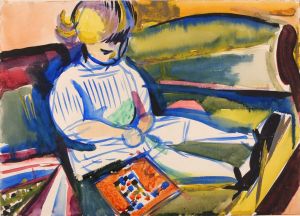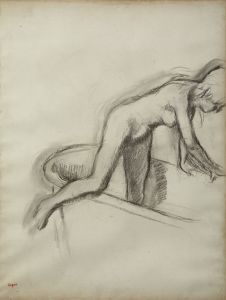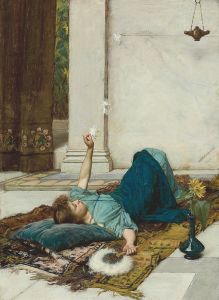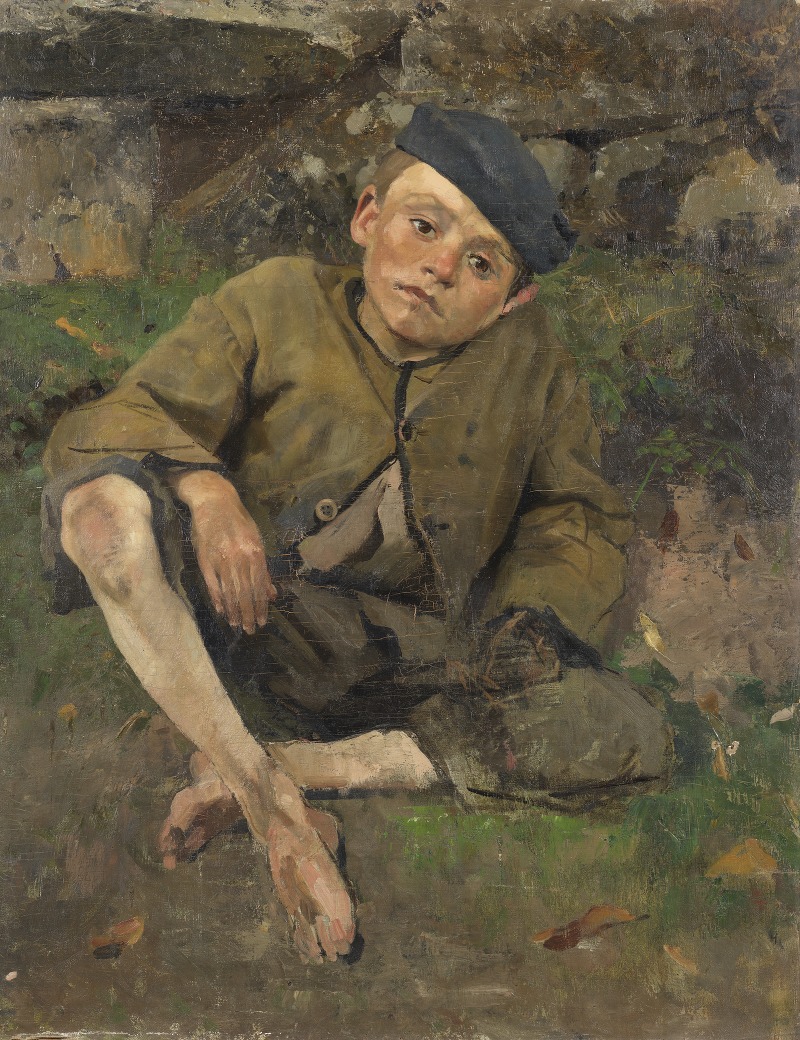
Den lille krymplingen
A hand-painted replica of Richard Bergh’s masterpiece Den lille krymplingen, meticulously crafted by professional artists to capture the true essence of the original. Each piece is created with museum-quality canvas and rare mineral pigments, carefully painted by experienced artists with delicate brushstrokes and rich, layered colors to perfectly recreate the texture of the original artwork. Unlike machine-printed reproductions, this hand-painted version brings the painting to life, infused with the artist’s emotions and skill in every stroke. Whether for personal collection or home decoration, it instantly elevates the artistic atmosphere of any space.
Richard Bergh was a prominent Swedish painter known for his contributions to the National Romantic style in the late 19th and early 20th centuries. However, there is no widely recognized painting titled "Den lille krymplingen" attributed to Richard Bergh. It is possible that the title may be a mistranslation, a lesser-known work, or a misattribution. Richard Bergh's oeuvre primarily includes portraits, landscapes, and genre scenes that reflect the cultural and artistic movements of his time.
Richard Bergh was born on December 28, 1858, in Stockholm, Sweden. He was the son of Edvard Bergh, a landscape painter, which likely influenced his early interest in art. Bergh studied at the Royal Swedish Academy of Arts in Stockholm and later traveled to Paris, where he was exposed to the burgeoning Impressionist movement. This exposure influenced his style, although he maintained a distinct approach that combined realism with romantic and nationalistic themes.
One of Bergh's most famous works is "Nordic Summer Evening" (Nordisk sommarkväll), painted in 1899-1900. This painting exemplifies his ability to capture the serene beauty of the Swedish landscape, infused with a sense of national identity. Bergh was also known for his portraits, including those of notable figures such as the Swedish playwright August Strindberg and the artist Anders Zorn.
In addition to his painting, Bergh played a significant role in the Swedish art community as a teacher and advocate for artists' rights. He was a founding member of the Artists' Association (Konstnärsförbundet) in 1886, which sought to challenge the conservative policies of the Royal Swedish Academy of Arts and promote more progressive artistic expressions.
Bergh's work is characterized by its attention to detail, use of light and shadow, and the incorporation of symbolic elements that convey deeper meanings. His paintings often explore themes of nature, identity, and the human condition, reflecting the broader cultural and philosophical currents of his time.
Throughout his career, Bergh received numerous accolades and his works were exhibited widely, both in Sweden and internationally. He continued to paint and contribute to the art world until his death on January 29, 1919.
Given the lack of information on a painting titled "Den lille krymplingen," it is essential to verify the title and attribution through reliable sources or art historical records. If this painting exists, it may be part of a private collection or lesser-known public collection, which could explain the scarcity of information. For those interested in Richard Bergh's work, exploring his more documented paintings and contributions to Swedish art provides valuable insights into his artistic legacy.





